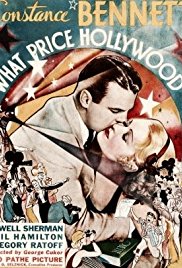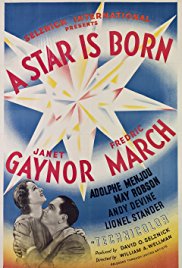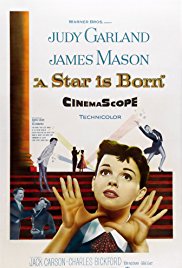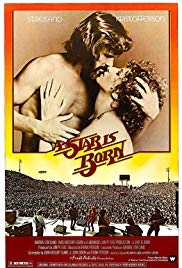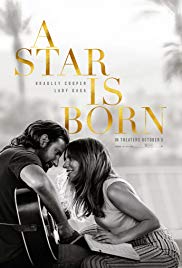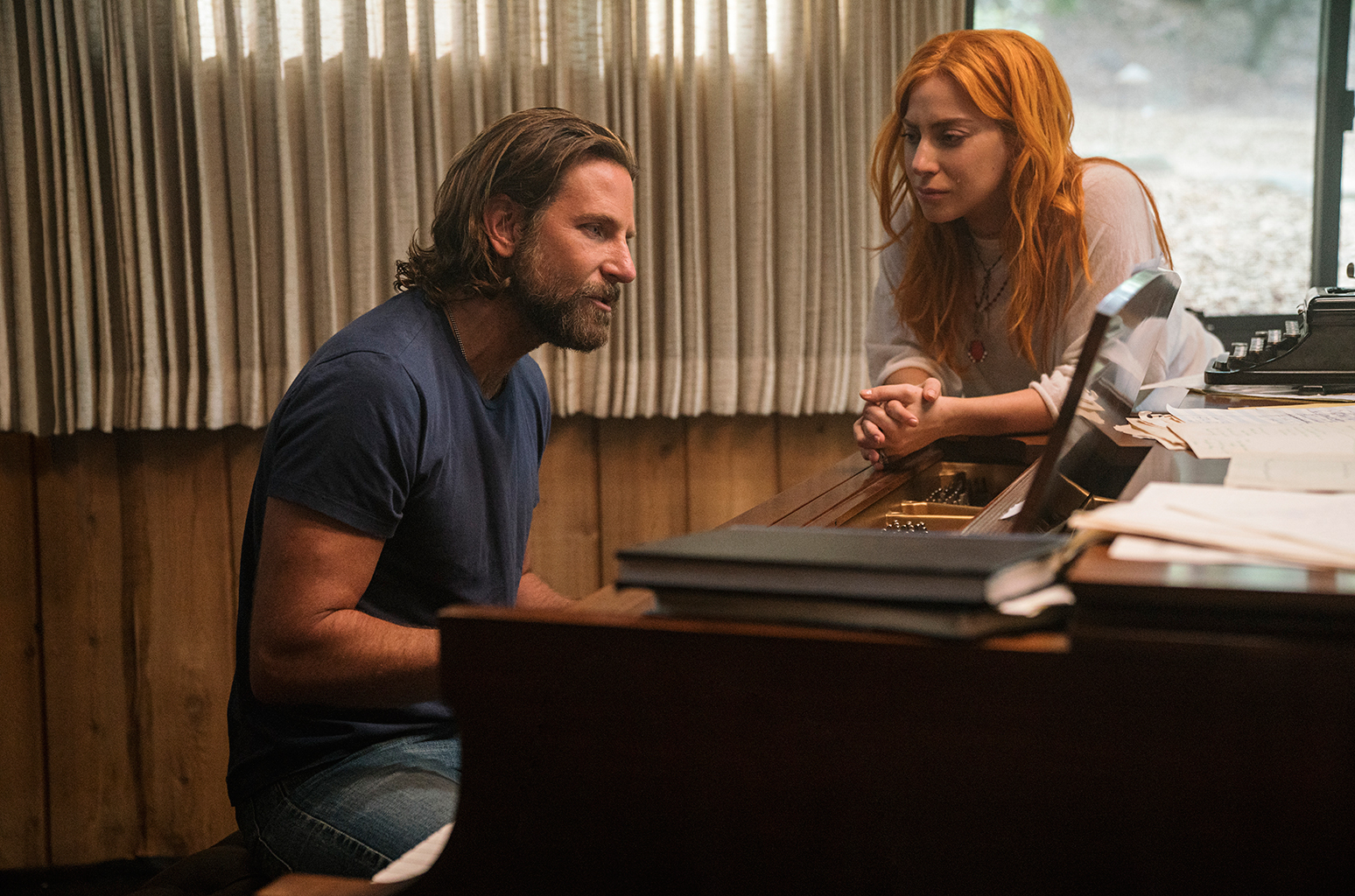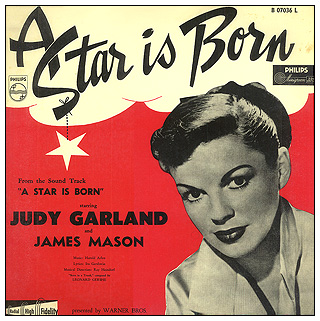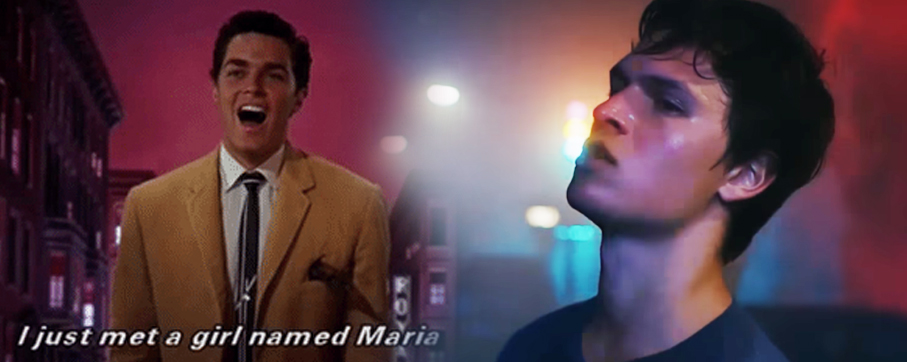Soundtracking: "A Star is Born (1976)"
 Wednesday, October 10, 2018 at 9:00AM
Wednesday, October 10, 2018 at 9:00AM Last week Chris Feil looked back at Judy Garland and A Star is Born's musical beginning. This week, it's Streisand/Kristofferson...
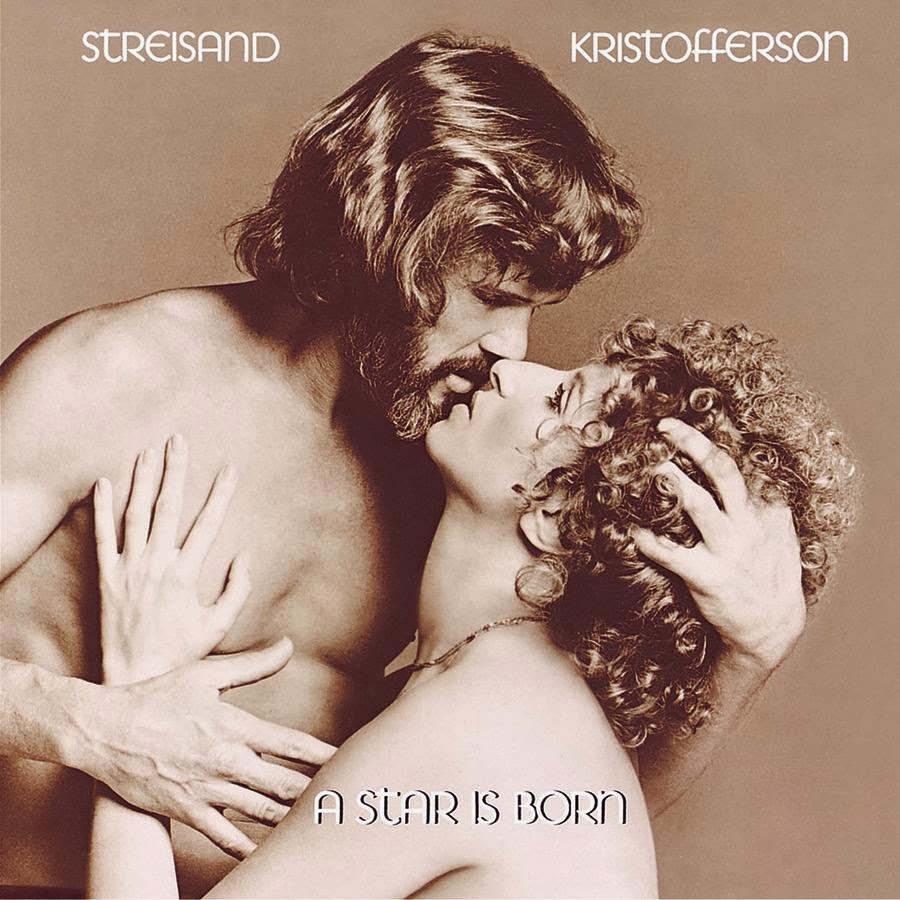 Some viewers have chastised the current remake of A Star is Born’s presentation of pop music, but it kind of pales to the cynicism and condescension to 70s rock and roll in the Streisand/Kristofferson version of 1976. What had previous been told as a saga of the film industry is transplanted into rock arenas, the emptiness of fame represented by a ravenous crowd of thousands acting a fool. Know a little something about Streisand’s skittishness with (sometimes rabid) crowds and you can begin to understand the film’s boorish presentation of fandom, so some grace can be granted. But nevertheless, fame suddenly seems all the more vacuous here in the face of Real Artistry.
Some viewers have chastised the current remake of A Star is Born’s presentation of pop music, but it kind of pales to the cynicism and condescension to 70s rock and roll in the Streisand/Kristofferson version of 1976. What had previous been told as a saga of the film industry is transplanted into rock arenas, the emptiness of fame represented by a ravenous crowd of thousands acting a fool. Know a little something about Streisand’s skittishness with (sometimes rabid) crowds and you can begin to understand the film’s boorish presentation of fandom, so some grace can be granted. But nevertheless, fame suddenly seems all the more vacuous here in the face of Real Artistry.



